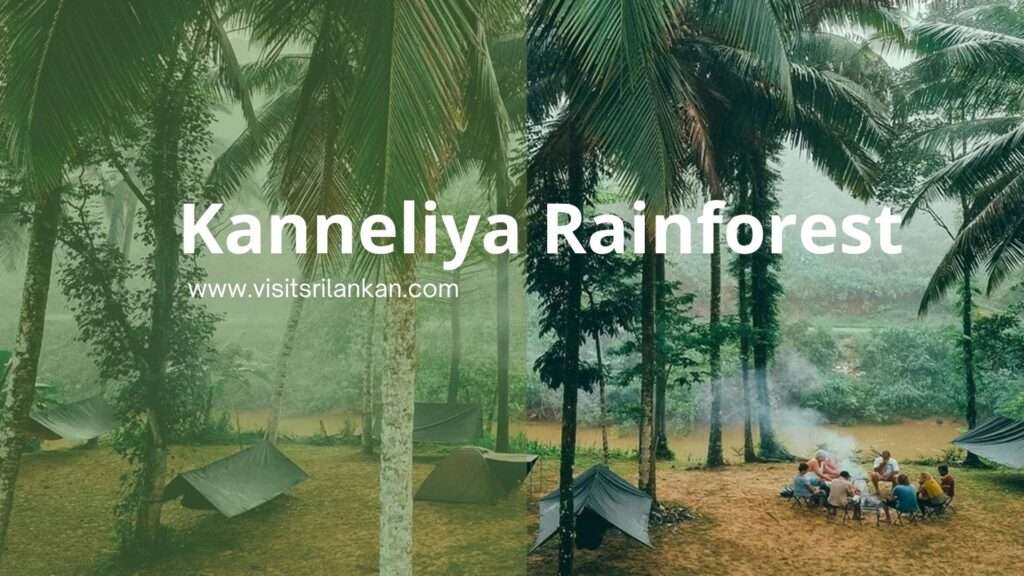Table of Contents
- Introduction
- The Biodiversity of Kanneliya Rainforest
- Importance of Kanneliya Rainforest
- Flora and Fauna in Kanneliya Rainforest
- Threats and Conservation Efforts
- Exploring Kanneliya Rainforest: Eco-Tourism Opportunities
- Unique Features of Kanneliya Rainforest
- The Kanneliya Rainforest Canopy Walk
- Best Time to Visit Kanneliya Rainforest
- How to Reach Kanneliya Rainforest
- Tips for a Memorable Visit
- Accommodation Options Near Kanneliya Rainforest
- Experiencing Wildlife in Kanneliya Rainforest
- Kanneliya Rainforest and Traditional Medicine
- Conclusion
- FAQs
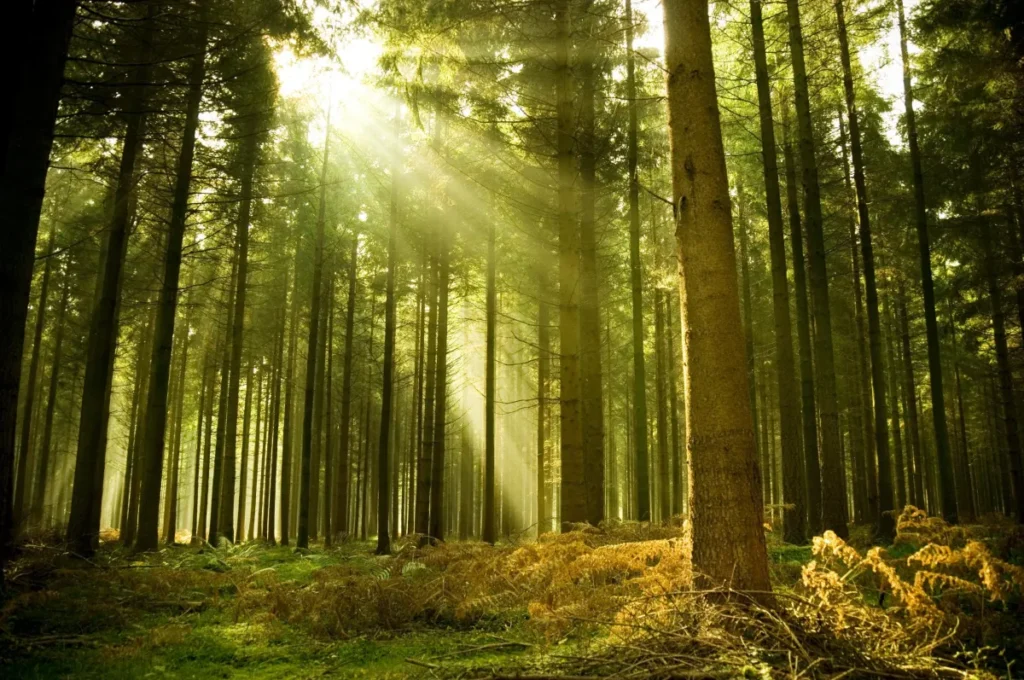
Introduction
Nestled in the lush landscape of southern Sri Lanka, Kanneliya Rainforest stands as a testament to the island’s rich biodiversity. This pristine rainforest, often referred to as a hidden gem, is teeming with a wide array of flora and fauna, making it a paradise for nature enthusiasts, researchers, and eco-tourists alike. In this article, we will delve into the wonders of Kanneliya Rainforest, exploring its ecological significance, unique features, conservation efforts, and the captivating experiences it offers.

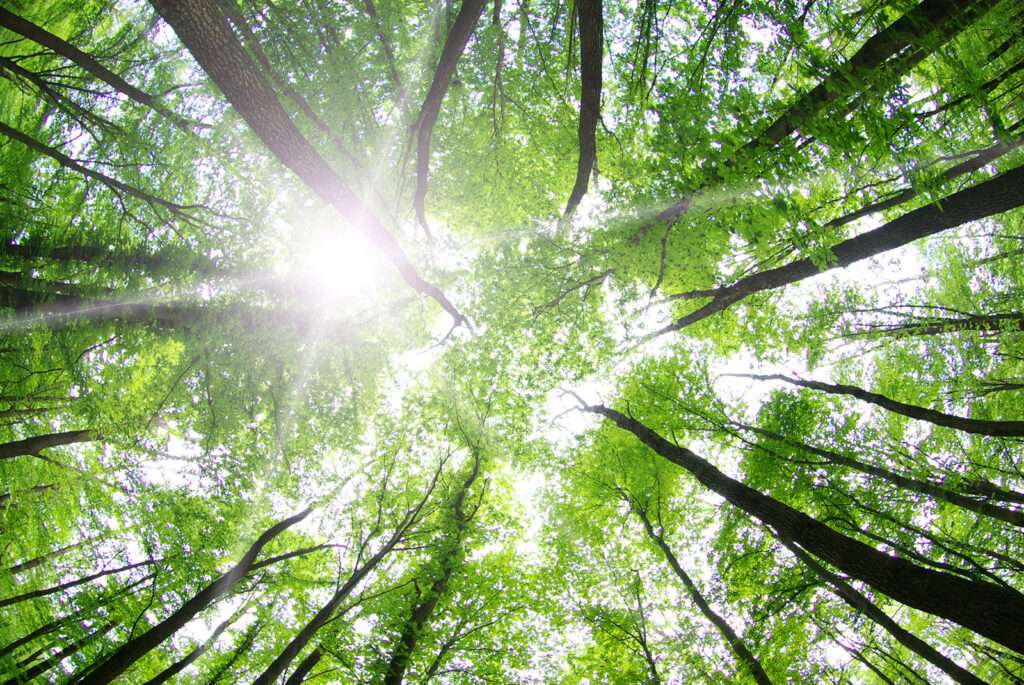
The Biodiversity of Kanneliya Rainforest
Kanneliya Rainforest, part of the larger Kanneliya-Dediyagala-Nakiyadeniya (KDN) forest complex, is renowned for its incredible biodiversity. With its roots dating back over 120 million years, this rainforest has evolved into a haven for a myriad of plant and animal species, some of which are endemic to Sri Lanka. The unique geographical location and favorable climatic conditions have fostered the growth of diverse ecosystems, making Kanneliya a hotspot for researchers seeking to unravel the secrets of its ancient origins.
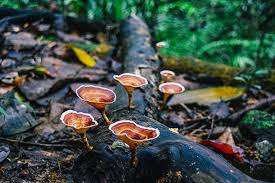
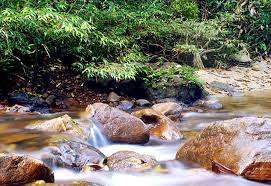
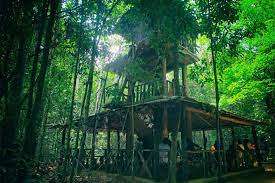
Importance of Kanneliya Rainforest
Beyond its ecological significance, Kanneliya Rainforest plays a crucial role in maintaining the ecological balance of the region. The forest acts as a natural barrier, protecting nearby villages and towns from soil erosion, floods, and other natural calamities. Additionally, Kanneliya serves as a carbon sink, absorbing vast amounts of carbon dioxide, which contributes to mitigating the effects of climate change.
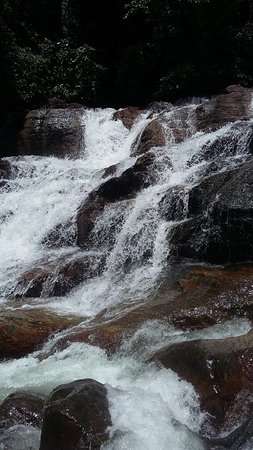
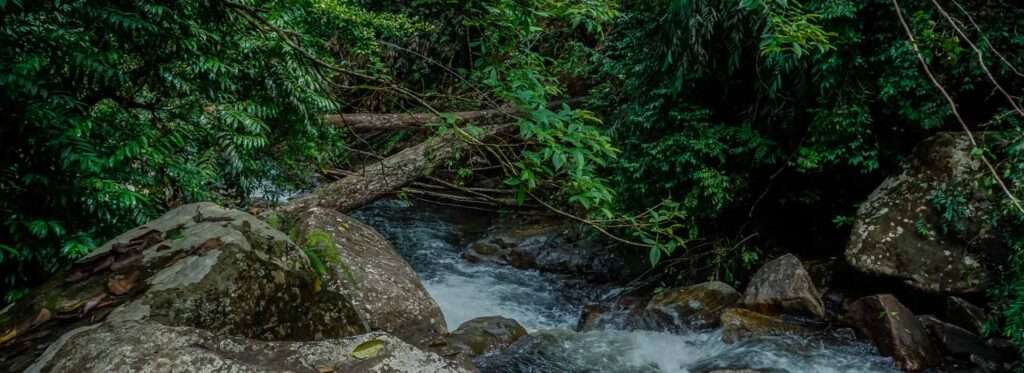
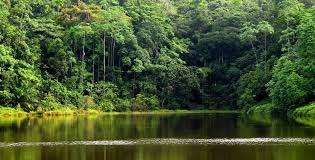
Flora and Fauna in Kanneliya Rainforest
Venturing into Kanneliya Rainforest reveals a breathtaking display of plant life, including towering trees, exotic orchids, and rare medicinal herbs. The forest canopy, alive with the symphony of bird calls and the chirping of insects, shelters an array of wildlife species. Elephants, leopards, and various monkey species roam freely in their natural habitat, while colorful butterflies and endemic bird species flit gracefully through the treetops.
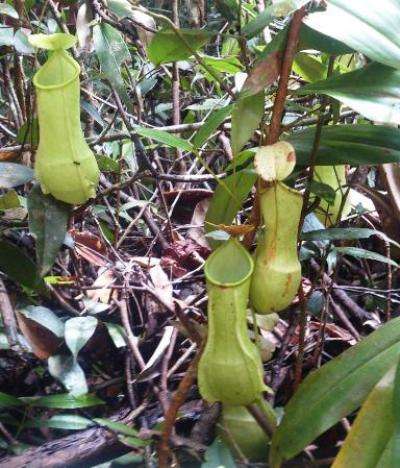
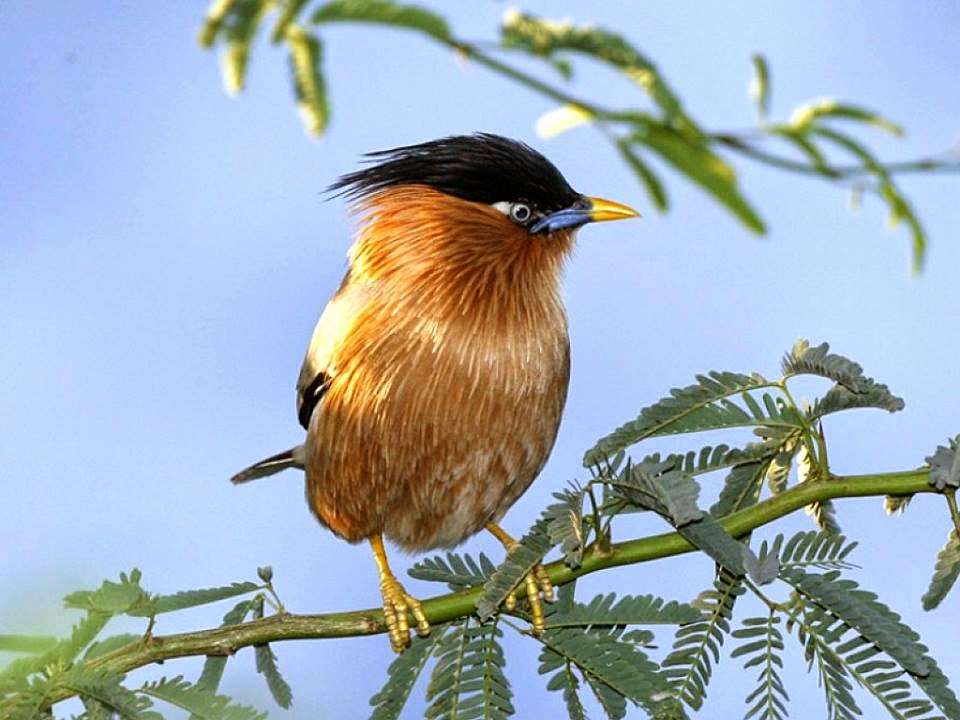
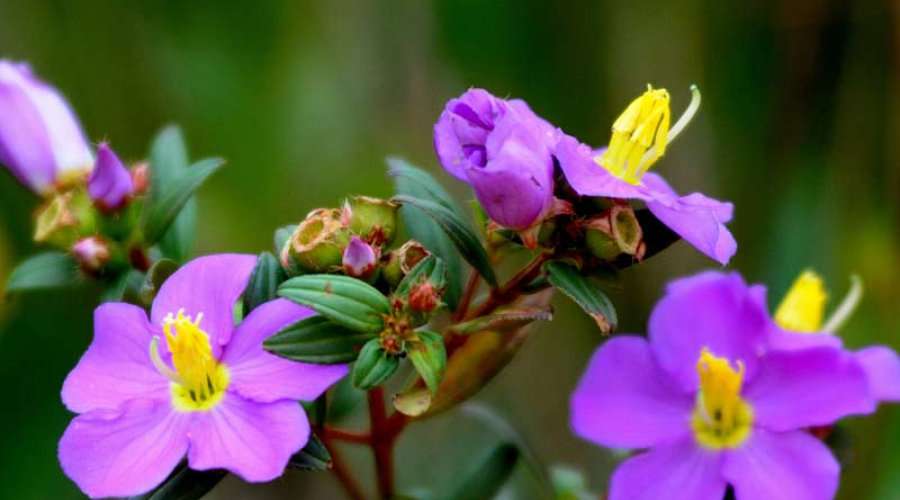
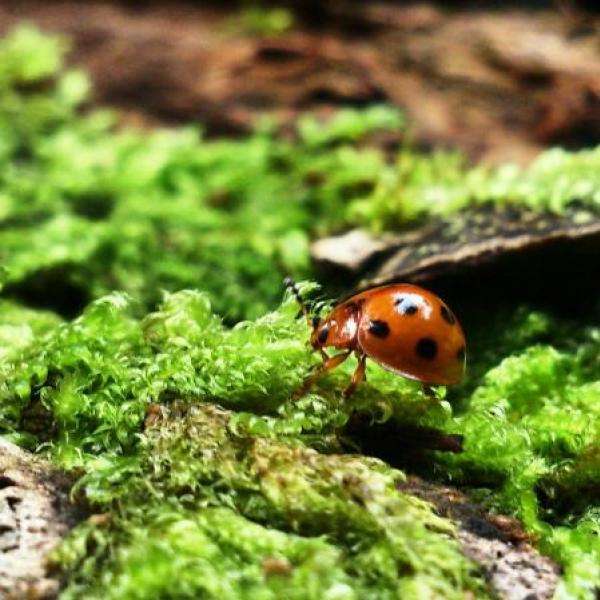
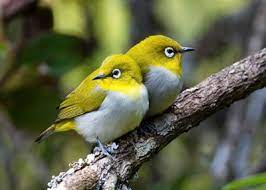
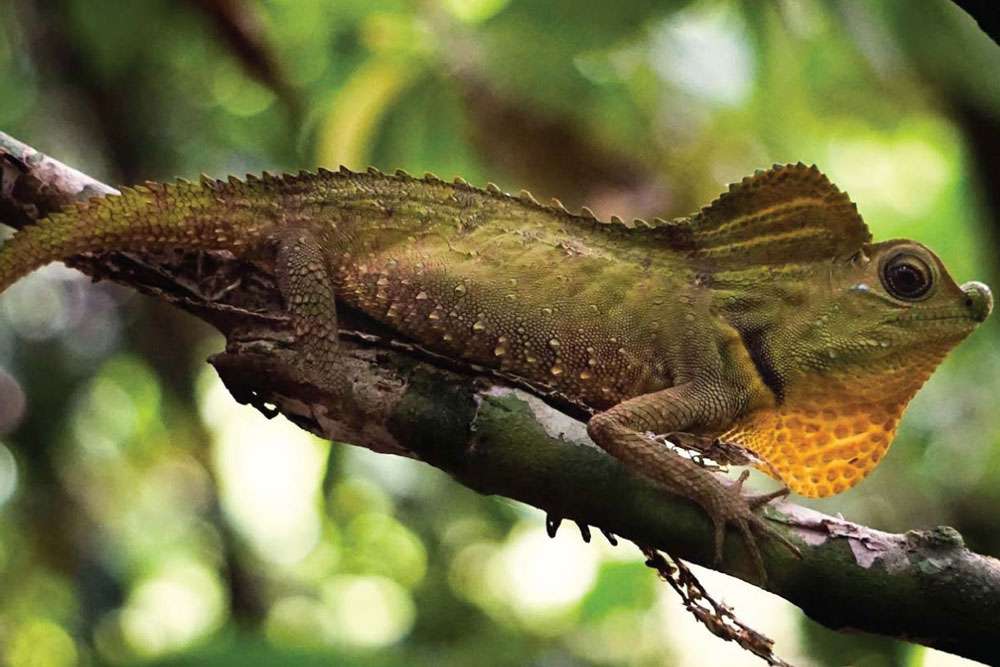
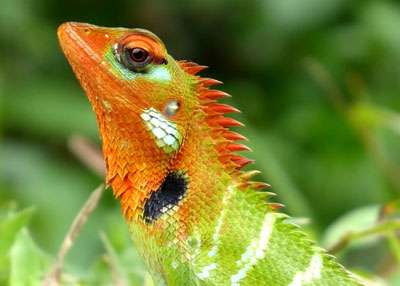
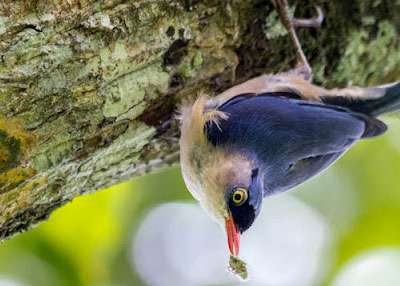
Threats and Conservation Efforts
Despite its ecological importance, Kanneliya Rainforest faces various threats, primarily from human activities. Illegal logging, encroachment, and habitat destruction pose significant challenges to the delicate ecosystem. However, numerous conservation initiatives led by governmental and non-governmental organizations strive to protect and preserve this natural wonder. Community-based conservation projects have also played a vital role in creating awareness and involving local communities in safeguarding their precious heritage.
Exploring Kanneliya Rainforest: Eco-Tourism Opportunities
For the intrepid traveler seeking an unforgettable experience, Kanneliya Rainforest offers a range of eco-tourism opportunities. Guided nature walks, birdwatching excursions, and wildlife safaris provide visitors with a chance to immerse themselves in the wonders of the rainforest. The famed canopy walk allows one to walk amidst the treetops, offering a unique perspective of the forest’s intricate ecosystem.
Unique Features of Kanneliya Rainforest
Kanneliya Rainforest distinguishes itself with its striking characteristics. One notable feature is its abundance of natural streams and cascading waterfalls, providing a refreshing respite for both wildlife and visitors. The forest’s dense vegetation and well-preserved landscapes evoke a sense of timelessness, transporting visitors to a prehistoric era.
The Kanneliya Rainforest Canopy Walk
Among the highlights of visiting Kanneliya Rainforest is the awe-inspiring canopy walk. This suspended walkway, constructed with minimal impact on the environment, allows visitors to walk at canopy level. As one navigates the walkway, they are treated to panoramic views of the forest’s flora and fauna, offering an unforgettable experience of being one with nature.
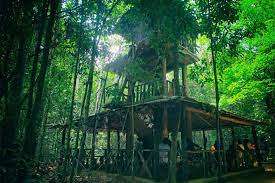
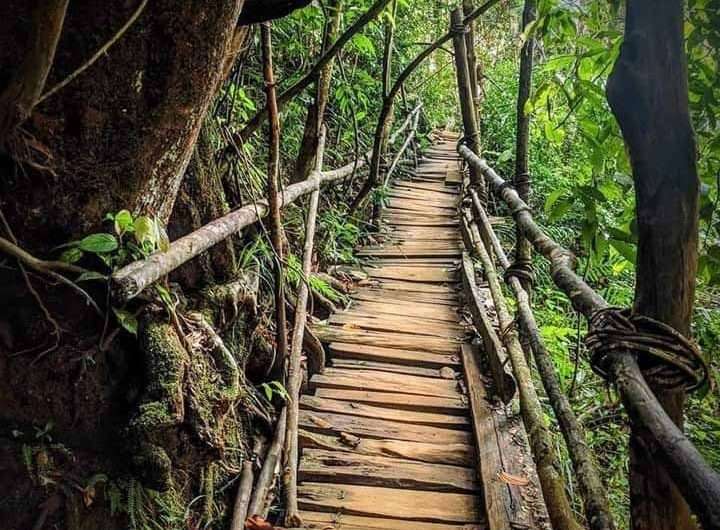
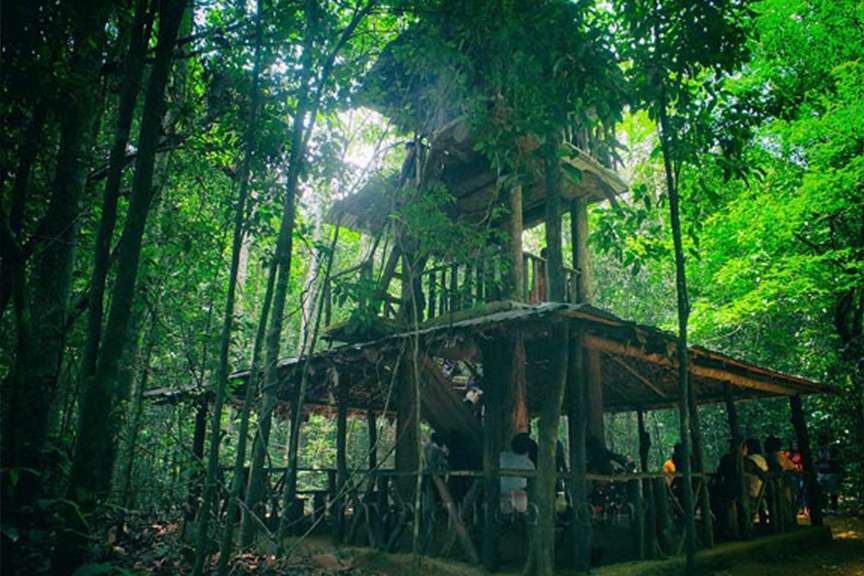
Best Time to Visit Kanneliya Rainforest
To make the most of a visit to Kanneliya Rainforest, it is essential to choose the right time of the year. The dry season, from December to April, offers optimal conditions for exploration, with lower chances of rainfall and more opportunities to spot wildlife. However, the rainy season, from May to November, brings out the vibrant beauty of the rainforest, with lush foliage and glistening streams.
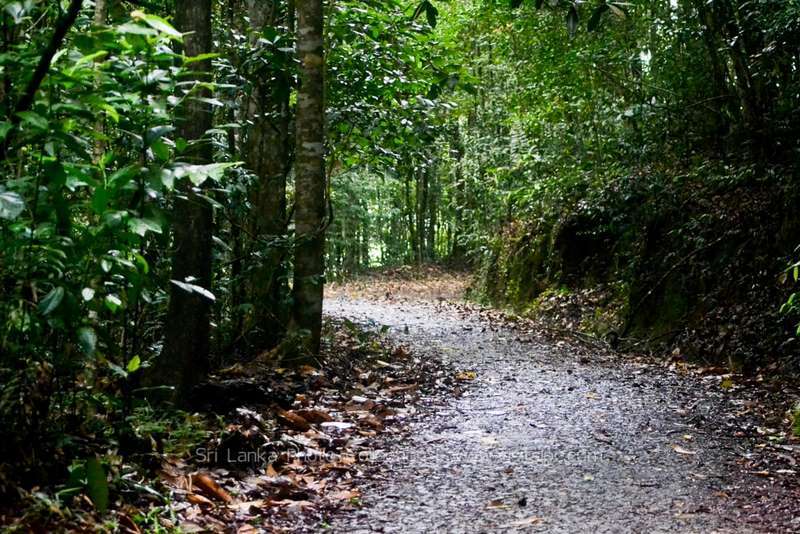


How to Reach Kanneliya Rainforest
Kanneliya Rainforest is accessible from several major cities in Sri Lanka. The most convenient way to reach the forest is by taking a scenic drive from Galle or Colombo. Alternatively, public transportation options, such as buses and trains, provide an authentic local experience for those seeking adventure.
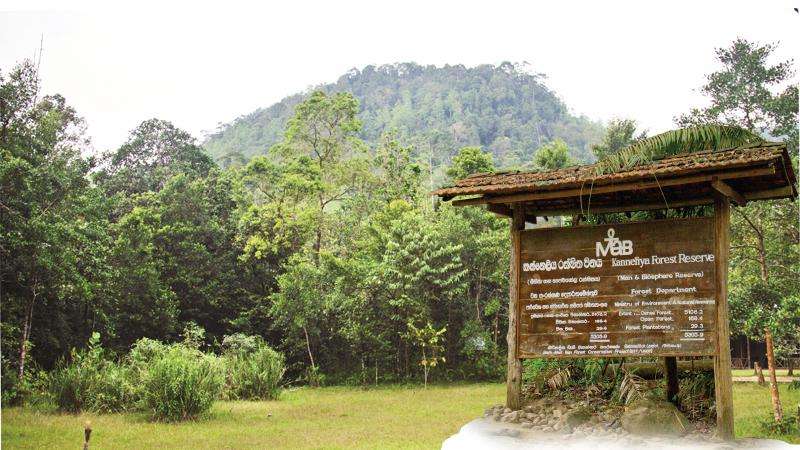
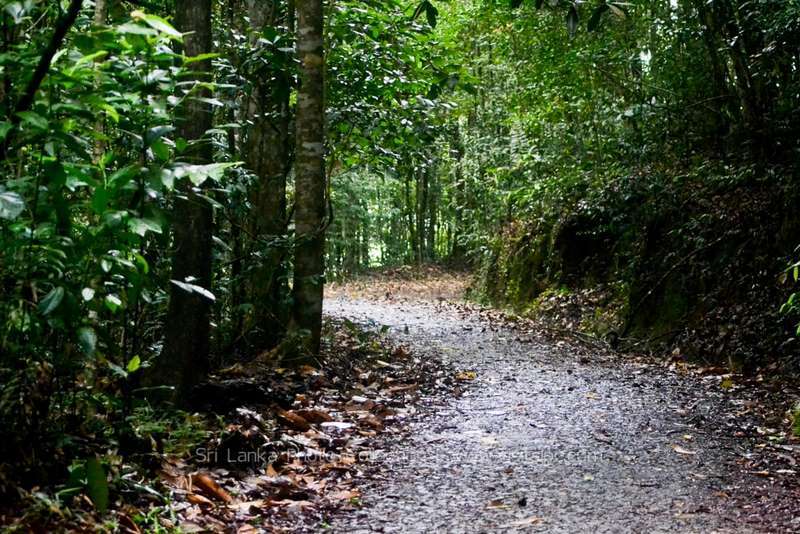
Tips for a Memorable Visit
For a memorable and safe visit to Kanneliya Rainforest, it’s essential to adhere to certain guidelines. Respect the natural environment by not leaving behind any waste and maintaining a low impact on the surroundings. Follow the instructions of knowledgeable guides during nature walks and safaris to ensure a rewarding and educational experience.
Accommodation Options Near Kanneliya Rainforest
While Kanneliya Rainforest itself offers limited accommodation facilities, several eco-lodges and resorts are available in the nearby towns. These establishments blend seamlessly with the natural surroundings, providing a tranquil retreat after a day of exploration.
Experiencing Wildlife in Kanneliya Rainforest
For wildlife enthusiasts, Kanneliya Rainforest offers a plethora of opportunities to witness animals in their natural habitat. Patient observation from safe distances often rewards visitors with sightings of elephants, leopards, and a diverse range of bird species. It is essential, however, to maintain a respectful distance and refrain from disturbing the wildlife.
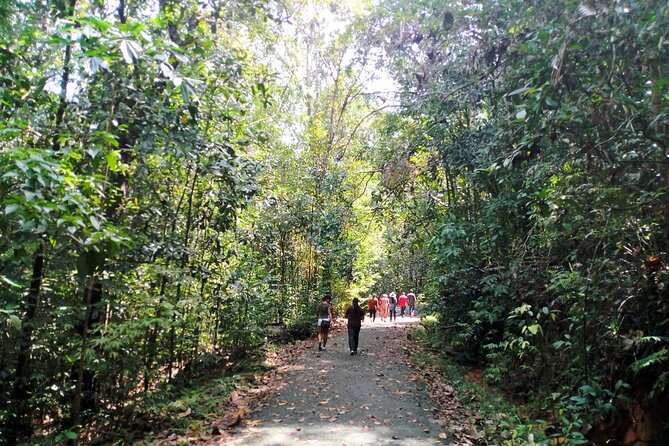
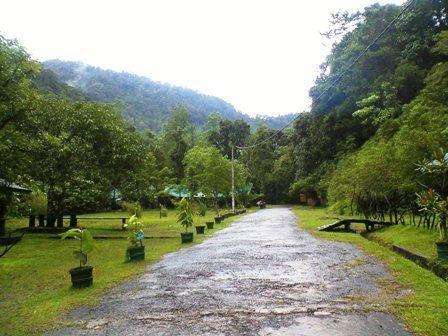

Kanneliya Rainforest and Traditional Medicine
The rich biodiversity of Kanneliya Rainforest has long been intertwined with traditional medicine practices in Sri Lanka. Many plants found in the rainforest possess medicinal properties, and local communities have utilized these resources for generations. However, it is essential to balance the need for traditional knowledge with sustainable harvesting practices to protect the forest’s delicate ecosystem.
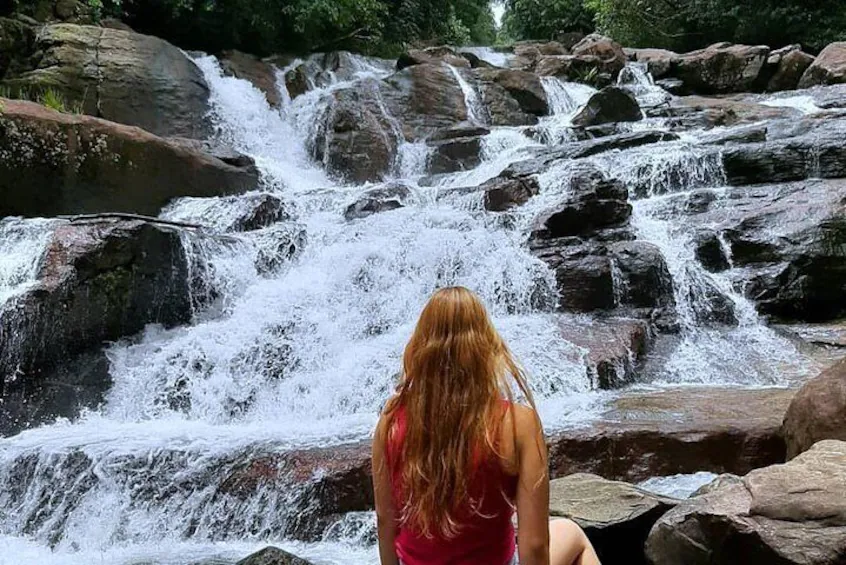
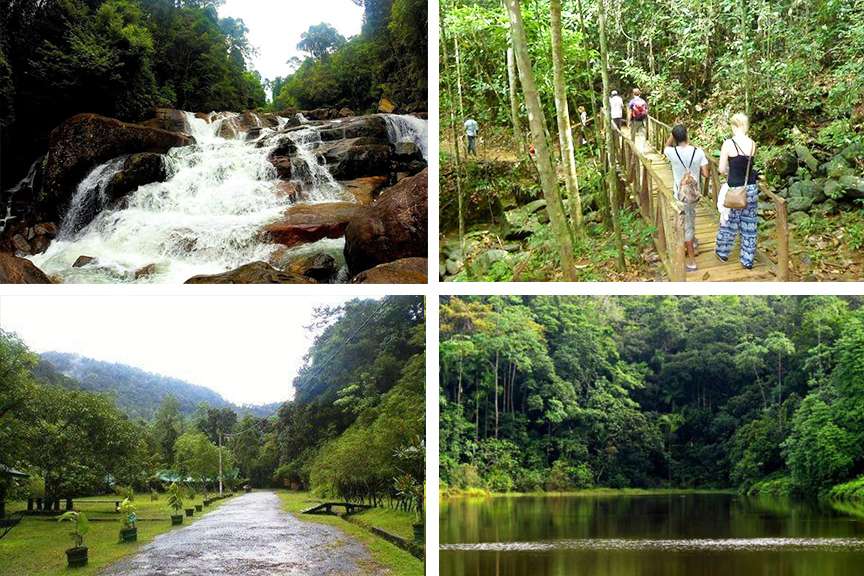
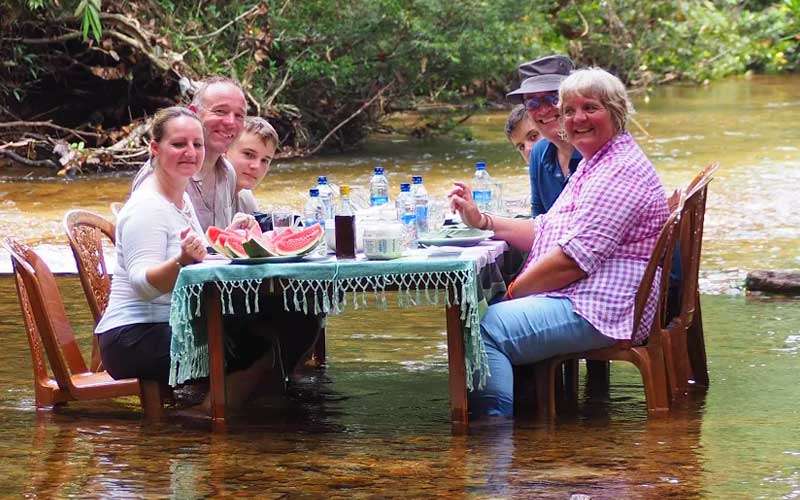
Conclusion
Kanneliya Rainforest stands as a beacon of ecological wonder in Sri Lanka, beckoning nature enthusiasts and curious travelers to explore its hidden treasures. With its remarkable biodiversity, unique features, and conservation efforts, the rainforest leaves an indelible mark on every visitor. By fostering sustainable tourism and conservation, we can ensure that this natural paradise thrives for generations to come.
FAQs
- Is Kanneliya Rainforest suitable for family visits?
- Yes, Kanneliya Rainforest is family-friendly, offering nature walks and experiences suitable for all ages.
- Are there guided tours available in Kanneliya Rainforest?
- Absolutely, the forest offers guided tours conducted by knowledgeable experts who provide valuable insights into its ecosystems.
- What should I wear during a visit to Kanneliya Rainforest?
- Wear comfortable clothing and sturdy shoes suitable for walking on uneven terrain.
- Is photography allowed in the rainforest?
- Yes, photography is permitted, but avoid using flash to not disturb the wildlife.
- Can I visit Kanneliya Rainforest during the rainy season?
- Yes, visiting during the rainy season offers a unique and lush experience, but be prepared for occasional showers.
